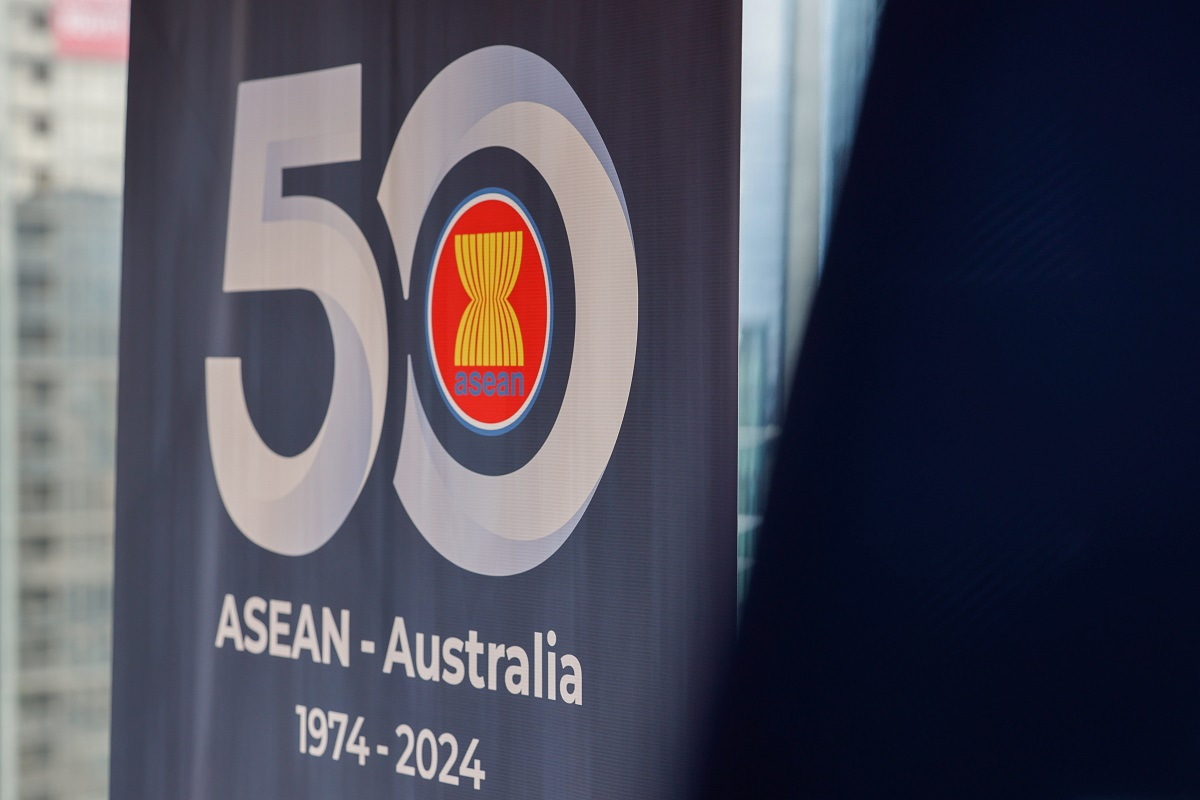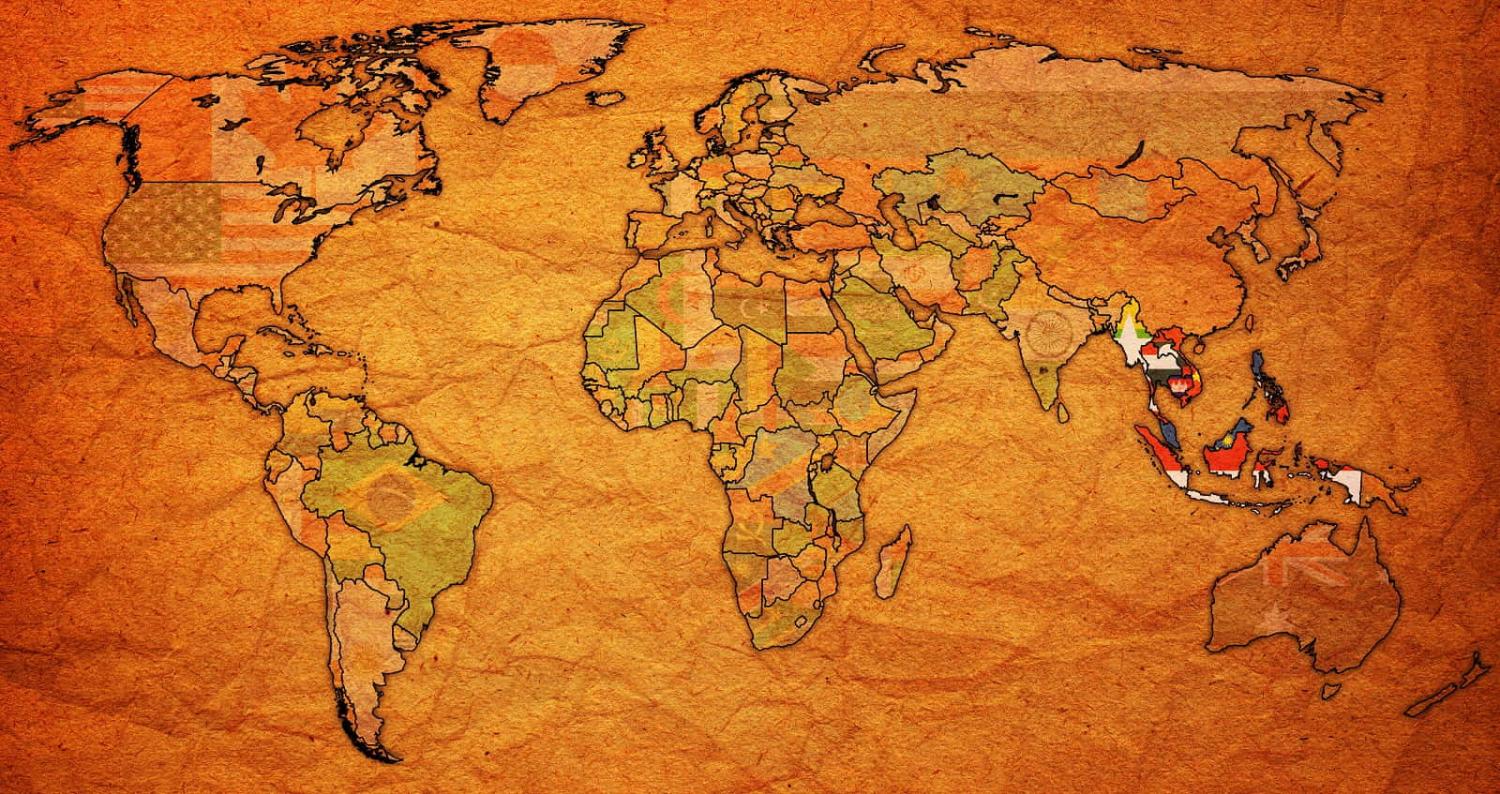A special Interpreter series ahead of the 2024 ASEAN-Australia Special Summit in Melbourne, 4-6 March. Read more articles in this thread.
When the Association of Southeast Asian Nations (ASEAN) was formed in 1967 with five members – Indonesia, Malaysia, the Philippines, Singapore, and Thailand – a major Australian concern was regional security, principally because of the continuing war in Vietnam. Australia had forces stationed in South Vietnam and Malaysia, and was a member of the Southeast Asia Treaty Organisation (SEATO).
At the time, Australia’s External Affairs Minister Paul Hasluck praised the new association and its stated aim of increasing cooperation among the member states. He noted that ASEAN had not only made a commitment to support economic growth, social progress, and cultural development in the region, but also peace and stability.
However, security was not stated in ASEAN’s initial declaration and ASEAN did not embrace military cooperation. In the early years, it was mainly a consultative organisation. Until 1972, ASEAN did not play a significant role in the Australian regional outlook.
It was with the election of Gough Whitlam in December 1972 that ASEAN started to be viewed with greater significance. This new government was keen to see the demilitarisation of SEATO and was not interested in any replacement regional security arrangements. The Whitlam government was keen to foster ties with ASEAN and developed its first formal link with the association – the first such relationship ASEAN established with a non-member country.
After some initial overtures, ASEAN extended an invitation to Australia for a cooperative agreement. This was then formalised at a meeting in Canberra in April 1974. This meeting kick-started economic cooperation with a pledge from Canberra to make available A$5 million for ASEAN economic projects to enhance ASEAN-Australia cooperation. This would be implemented under the newly formed ASEAN-Australian Economic Cooperation Program (AAECP). Thus, in the early years of ASEAN-Australia relations, economic issues were the main preoccupation for the relationship, with trade playing a central role.

However, security has also been important. And while the stated motivations behind the formation of ASEAN were economic, social, and political, an underlying consideration was that there were shared strategic interests. ASEAN had been formed during the Cold War and its founding members were all non-communist nations with individual security concerns.
When Australia became a dialogue partner, there was also a new sense of uncertainty in relation to security due to changes in strategic policies by foreign powers. Britain and the United States had made the decision to withdraw militarily from Southeast Asia in the 1970s.
While these strategic changes brought uncertainty, they also brought opportunity to the new regional grouping, especially with the end of the war in Vietnam.
The 1976 Bali Summit was the first meeting of ASEAN Heads of Government, and it considered the development of political and economic cooperation. The meeting adopted the Treaty of Amity and Cooperation in Southeast Asia, giving more clarity to the association by providing it with a clearly defined charter. The 1976 meeting also adopted the Declaration of the ASEAN Concord, which called for a “program of action” for ASEAN cooperation.
Ties with Australia were strengthened after the second summit meeting of ASEAN Heads of Government in Kuala Lumpur in 1977. This meeting consolidated the aspirations declared in Bali and was the first occasion on which Australia and ASEAN met together at head of government level. Prime Minister Malcolm Fraser announced a further commitment of AU$10 million to support the expansion of the AAECP.
There was further broadening of the economic relationship between Australia and ASEAN with the formation of the Australian-ASEAN Business Council in 1980.
However, defence cooperation remained elusive. Progress on defence and security remained on a bilateral basis and any developments were carefully distanced from the formal ASEAN structure. ASEAN officially remained a non-aligned and non-military association.
Hopes for regional peace and stability were further challenged after Vietnam’s invasion of Cambodia in December 1978. Vietnamese occupation of Cambodia received a united response from the ASEAN states seeking a diplomatic solution. ASEAN played a role in the negotiations for a peace settlement for Cambodia, as did Australia. Relations with ASEAN were seen as central in Australia’s contributions to the peace process.
Yet relations between Australia and ASEAN have often waxed and waned through the years. While there were high hopes for cooperation in the early years of the partnership, by the mid-1980s there was concern in Canberra that ASEAN’s perception of the importance of the relationship was in decline. This was enhanced by problems in bilateral relations between Canberra and the individual ASEAN nations, which included issues over Australia’s relations with Vietnam, human rights, and Irian Jaya.
Responding to the economic and political policies of the individual ASEAN members vis-à-vis those of the regional entity has been a major issue for Australia over the decades, especially as the strategic and economic landscape has evolved since the end of the Cold War and the expansion of ASEAN membership that now includes Brunei, Vietnam, Cambodia, Laos, and Myanmar in addition to the original five.
Nevertheless, the relationship has continued with Australia’s participation in several ASEAN initiatives such as the ASEAN Regional Forum, Free Trade Agreements, and the East Asia Summit. In 1974, Canberra saw ASEAN as an important vehicle for economic development that went hand-in-hand with internal Southeast Asian security, and this lay the foundations for Canberra’s continued acceptance of ASEAN as a significant regional forum.

